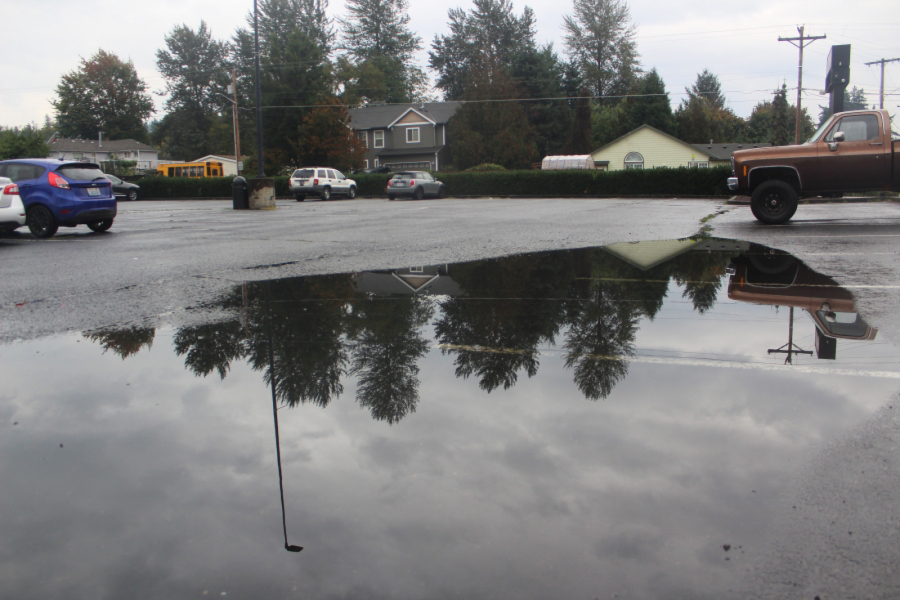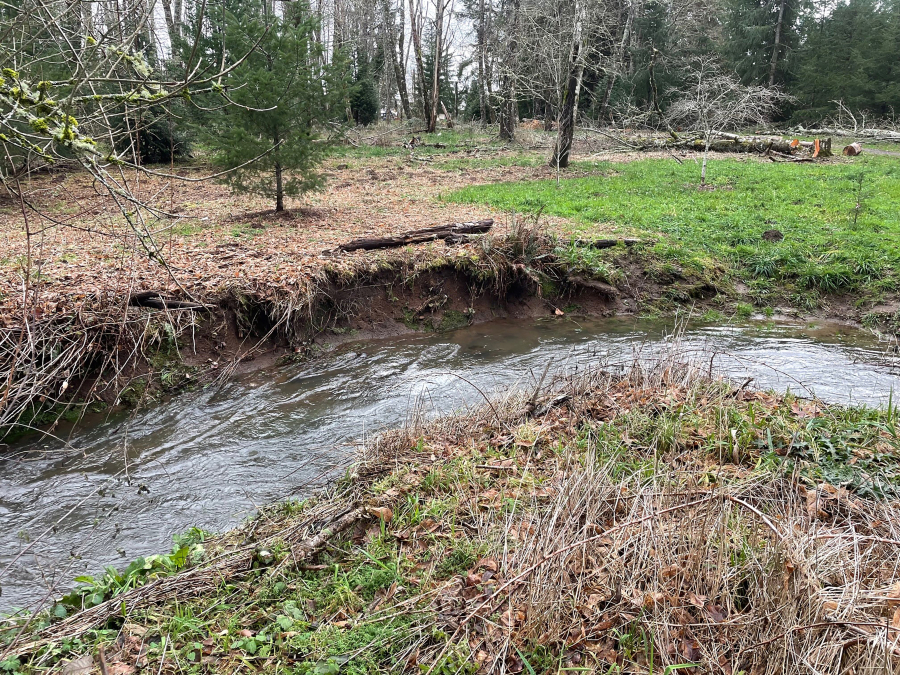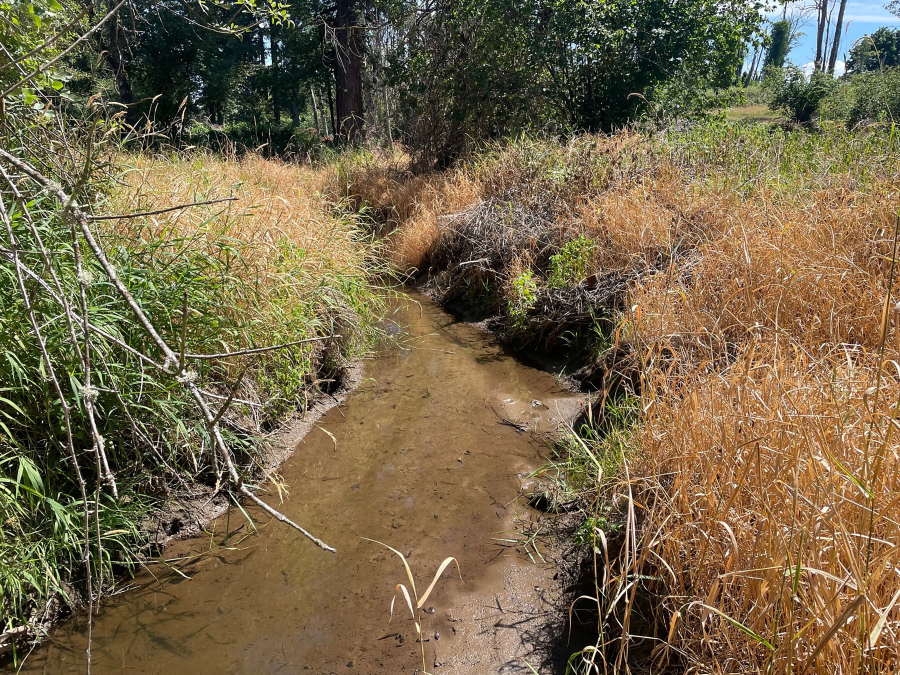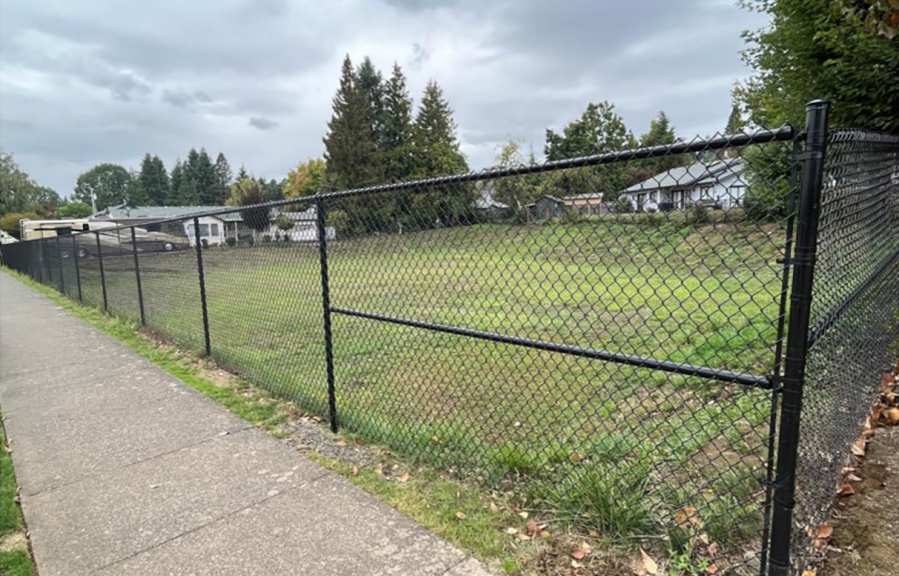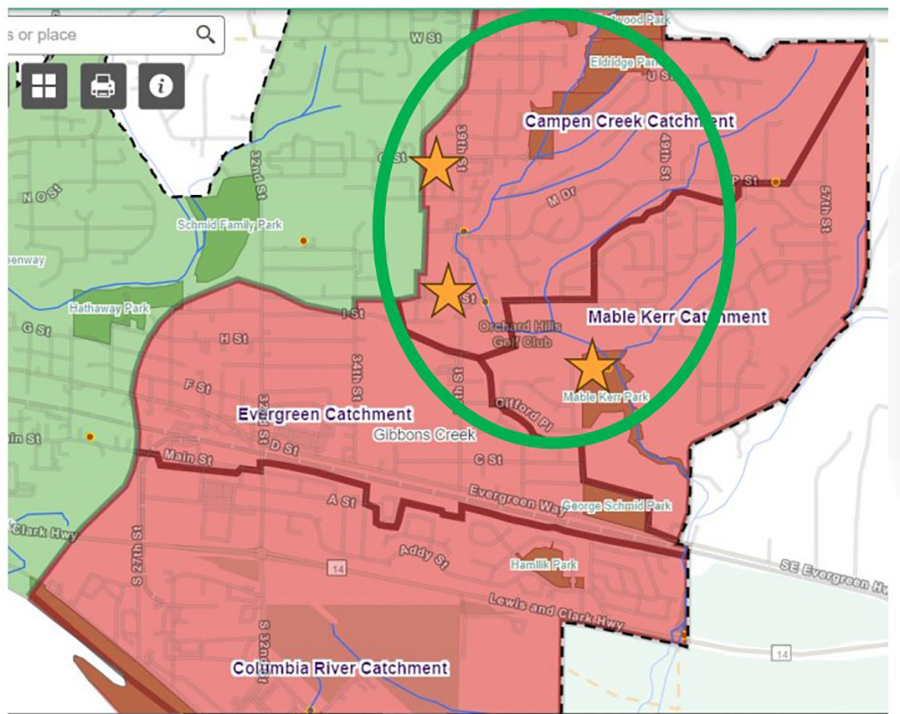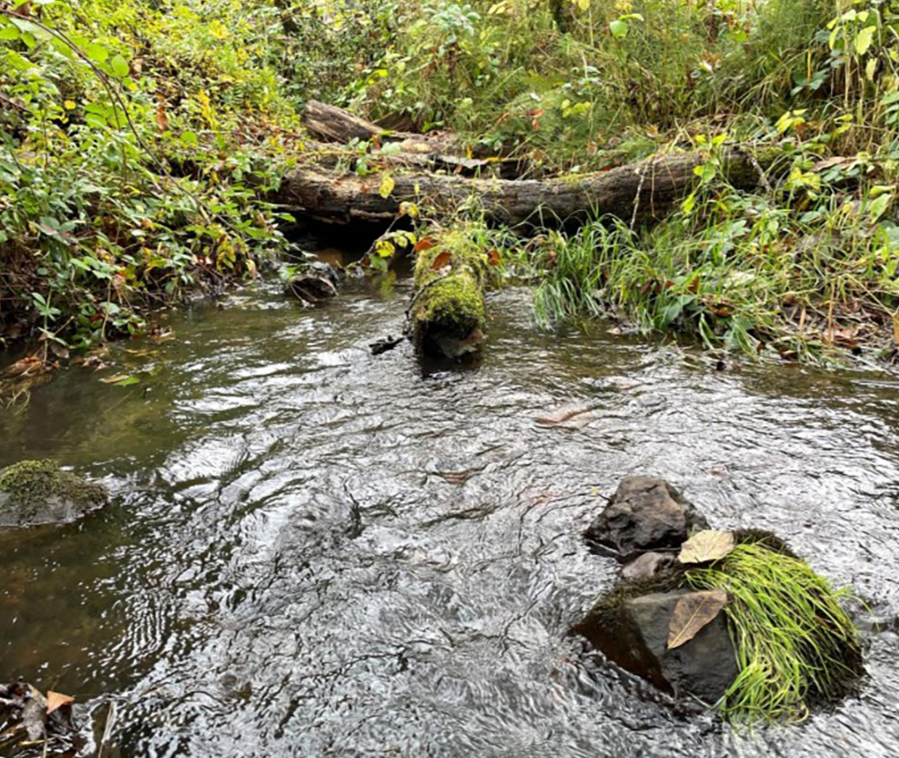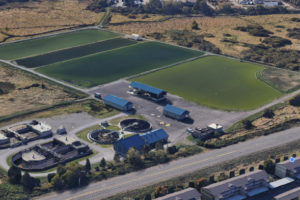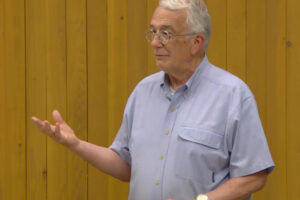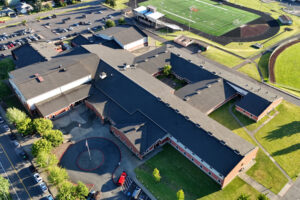The city of Washougal has kicked off a series of projects to improve water quality and fish habitat at Campen Creek.
The City, as part of its Stormwater Management Action Plan (SMAP), has proposed strengthening its stormwater infrastructure near Washougal High School, retrofitting an underutilized water infiltration pond and restoring Mable Kerr Park.
“The first step in the SMAP process was to assess and prioritize our various water bodies inside the city of Washougal,” Sean Mulderig, the City’s stormwater program coordinator, told Washougal City Council members during their Feb. 26 workshop. “Based on rounds of public feedback and analysis, we ultimately selected the Campen Creek watershed as our area of focus. From there, we developed an SMAP with an associated capital improvement plan for water quality (and) fish habitat improvement projects, and the next thing in line is to use the SMAP as a tool to apply for Washington State Department of Ecology grant funding.”
Campen Creek, a tributary of Gibbons Creek, was selected because of “water quality impairments and inadequate flow controls,” according to the City.
In its SMAP, the City said “addressing these issues will require a combination of approaches,” including structural retrofits, policy changes and public outreach to help change behaviors that can harm the watershed.

